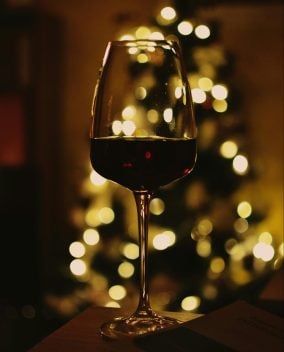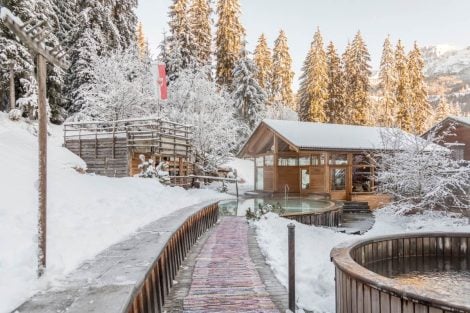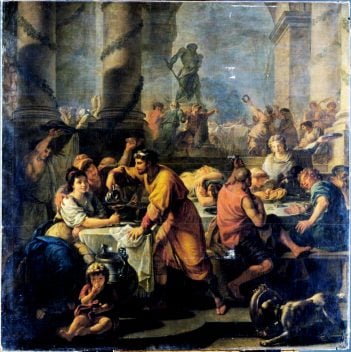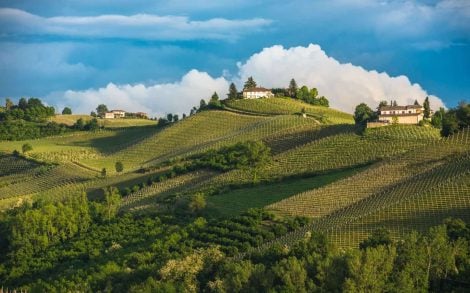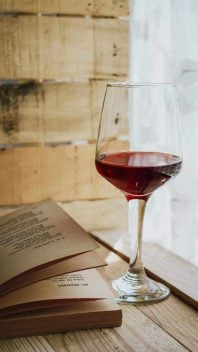23,000 bottles sold each year in Faenza, a provincial town but teeming with enogastronomic and cultural offerings, even in the dramatic year 2023 marked by a devastating flood. Fabio Olmeti's Baita has long been a reference point for enthusiasts of fine drinking, as well as for genuinely Romagna cuisine made from local products that come from well beyond the walls of the centre where the venue has been located for 30 years. In the just-presented Gambero Rosso Ristoranti d’Italia 2024 guide, the historic Faenza establishment earned the prestigious Tre Bottiglie award, a unique honour in Emilia-Romagna. And if this recognition confirms what was decreed a year ago, the accolades are completed with the Masottina Special Award for the Best wine list.
The passion of Fabio Olmeti
In his wine shop and osteria, Fabio Olmeti, born in 1983, grew up. The son of a renowned host father, Roberto, who is still assisted today by his mother Rosanna, Fabio has been involved with wine since a very young age. The first label he has a memory of as a child too small to reach the counter is the colorful and floral one, unchanged for decades, of Sangiovese Le More from Castelluccio di Modigliana. Then came tens of thousands more.
"I was born in the 1980s, at a time when supermarkets were popping up everywhere. My parents had their grocery store not far from where we are now, opened in 1975, and faced with what was happening, they had to decide: either to close or to specialize. My father had done it from the beginning, particularly with wine," Fabio Olmeti explains. "So in 1993, we moved to where we are now, selling cured meats, cheeses, select food products, and, above all, wine. On Saturdays, we organized free tastings; I remember once Gaja even came. My father had created a group of friends and then enthusiasts who came to taste and buy wines. Gradually, we started serving a platter, some soup, and the osteria was born".
Today, the osteria is responsible for 80% of the more than 23,000 bottles sold at La Baita, reversing the balance that once saw retail sales leading the way. "Today, there are many places to buy wine, starting with large retailers that, among other things, offer low margins, online, and even at the winery. I believe there should be a fair price list for direct sales. In this context, we must be more niche, offering wines that cannot be found elsewhere and authentic hospitality for those who drink it at the table, without taking ourselves too seriously," says Olmeti.
The shelves with bottles for sale cover the walls of the osteria's large dining room, with around a thousand labels. "Our wine list is chameleon-like," Fabio explains. "We don't create a fixed list at the beginning of the year to keep it unchanged. The list is updated based on the discoveries we make by constantly attending fairs and events, participating in tastings. We add many items, but we also remove things that at some point seem obvious to us, and for us, those are the technical but soulless wines. As a result, we no longer worry about always having everything; if something runs out, it means we'll offer something else for a while." Fabio Olmeti uses the plural because the work on the wine list is shared with his trusted colleague Ronnie Asioli, who is also the one who gracefully recommends and piques the interest of customers with the latest novelties in the dining room.
Objective: Making people feel good
At La Baita, people go to meet, chat, get to know each other, exchange ideas, discuss, and sometimes eating is not even the top priority. But when it comes to drinking, there's a specific approach: "Understanding the guests' preferences and opening a bottle that is always enjoyable. So, it often happens that a table for four has already finished the appetizer," Fabio explains. The same principle applies to the wine-by-the-glass offering. A choice of at least twenty labels is always available, but the host's flexibility comes into play based on the guest's taste or curiosity, even opening a twenty-first bottle willingly.
The right wine now? "Today, there is an increasing demand for wines with not very high alcohol content, no excessive wood, and lightness. It's not a dogma; for me, wines that play with non-new woods to enhance them rather than overwhelm them are always interesting. In any case, we seek gastronomic wines that align with our land-based cuisine, and if we stick to Romagna, we believe there is a lot of need to talk about the regions: there is not just one Sangiovese here!" Ronnie Asioli, who is also very passionate about France, comments.
Romagna is well represented with 65 reds, divided into the subzones identified by the Sangiovese Doc regulations, and about thirty whites, with Albana leading the way. All Italian regions are represented, but Piedmont and Tuscany certainly dominate, "which are the regions we like the most," says Asioli. France occupies a significant space with around 200 labels, including a meticulous breakdown by regions, including about sixty Champagnes, even from small or very small houses.
La Baita plays its cards openly: its wine list is not "zero mainstream", but 20% of the offerings fall under the "natural" category. "Trends and attractive labels are not enough. We like clean wines, as ready and stable as possible", says Ronnie Asioli. Because there is another fundamental principle that they keep in mind: "With a wine shop, profit comes when the stock is empty", summarizes Olmeti.
by Laura Giorgi

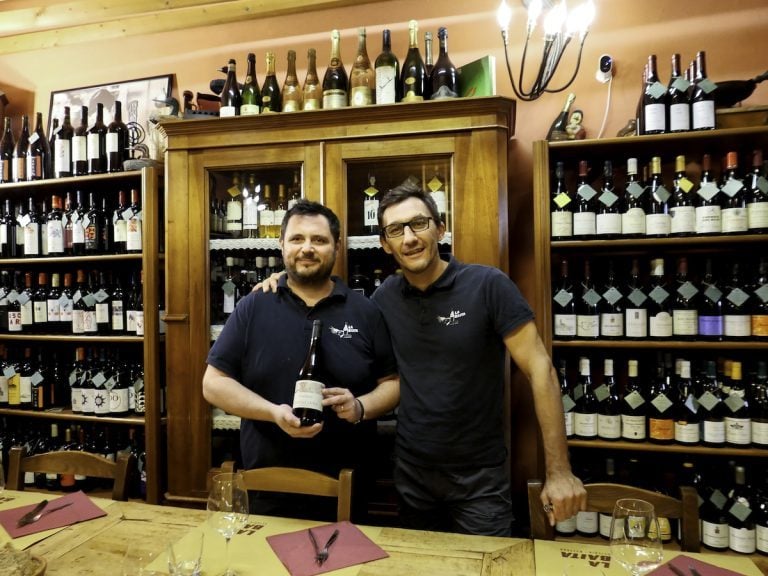
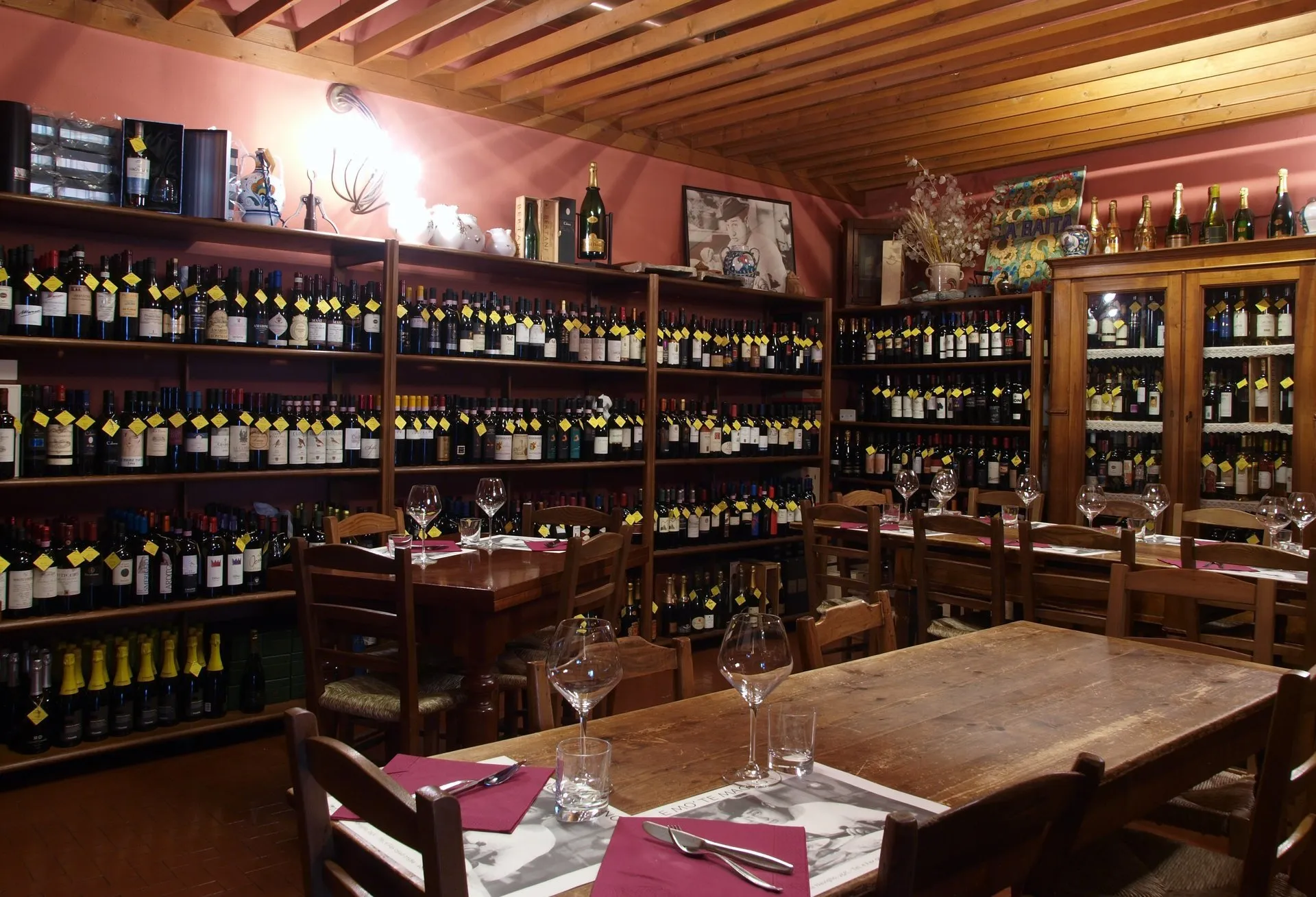
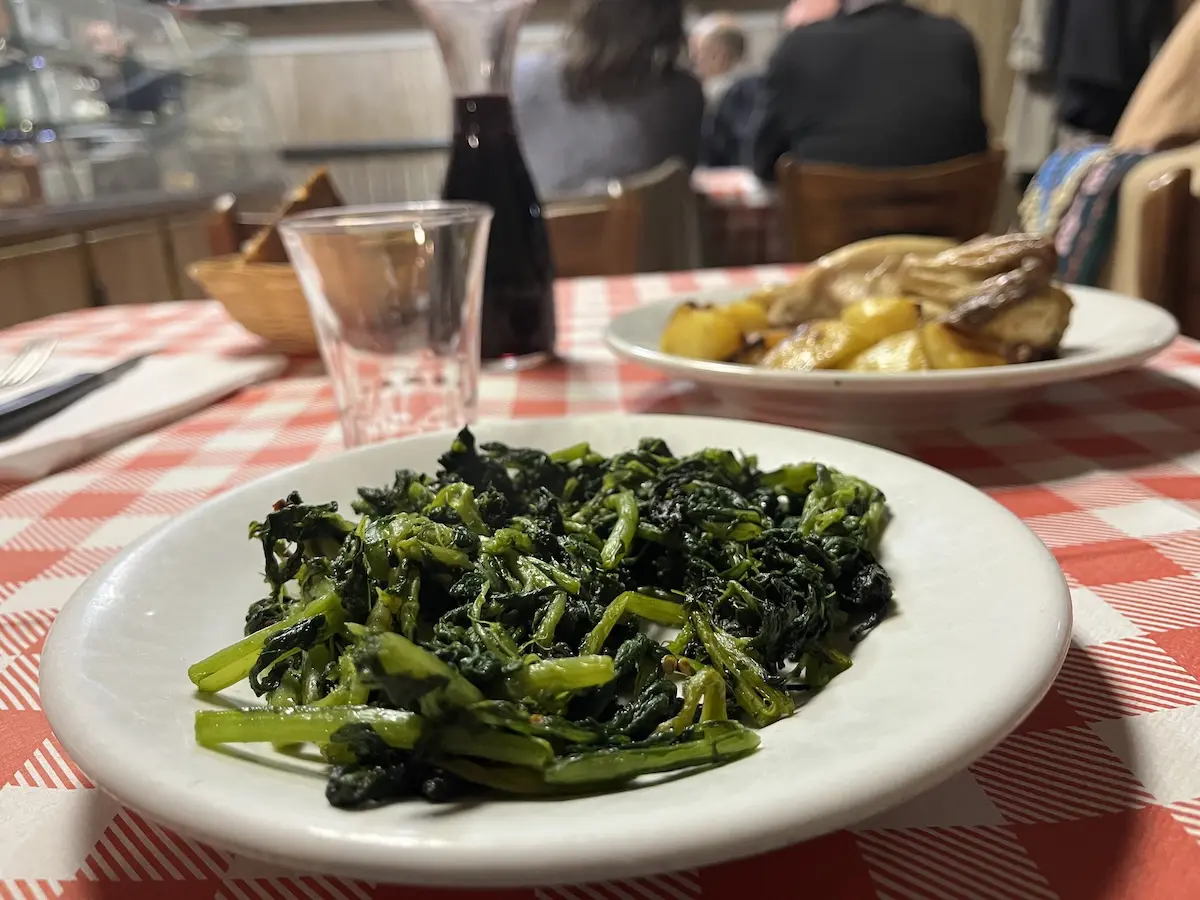 Why not every trattoria should be written about
Why not every trattoria should be written about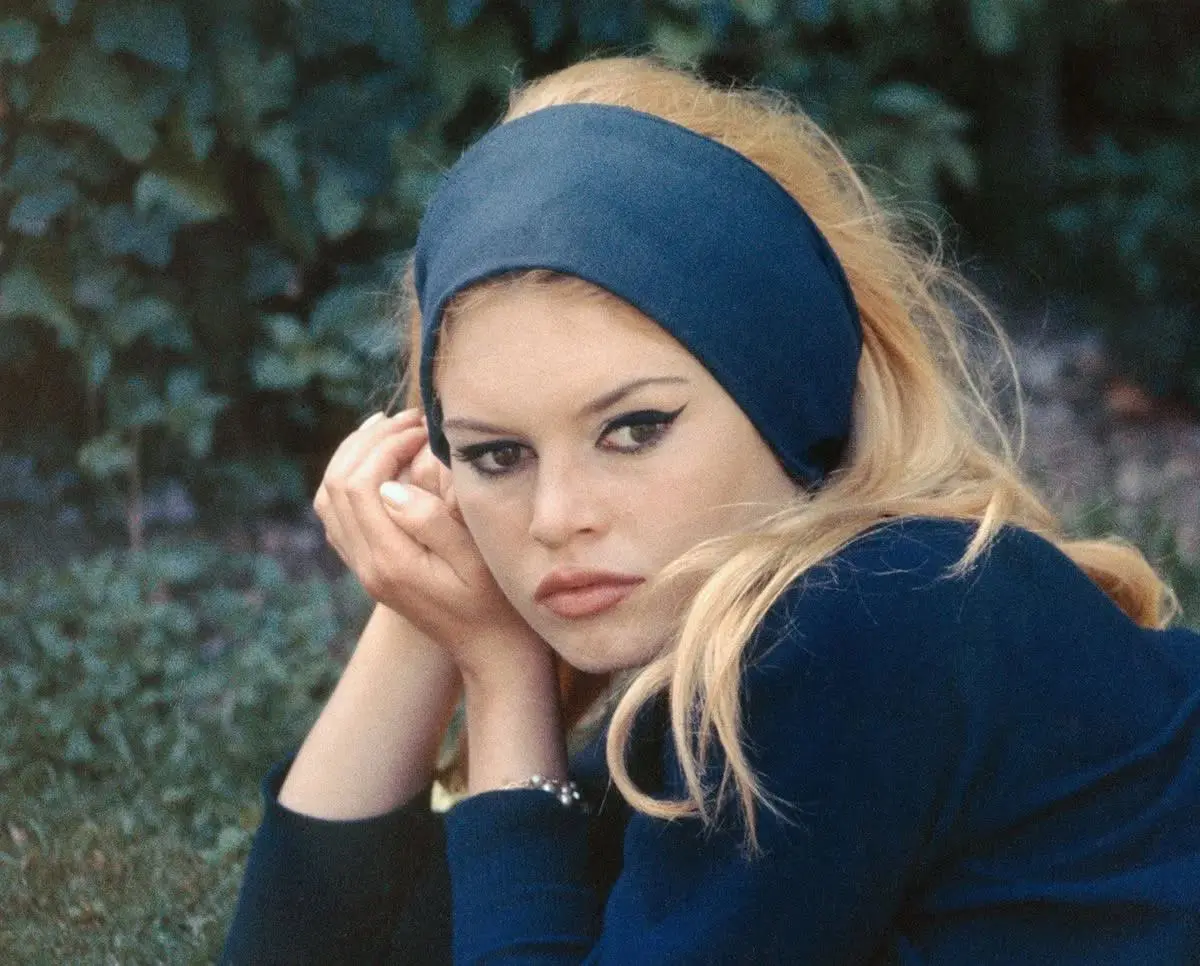 Brigitte Bardot’s final rosé: the wine that marks the end of an icon
Brigitte Bardot’s final rosé: the wine that marks the end of an icon What you need to know about Italy's new decree on dealcoholised wine
What you need to know about Italy's new decree on dealcoholised wine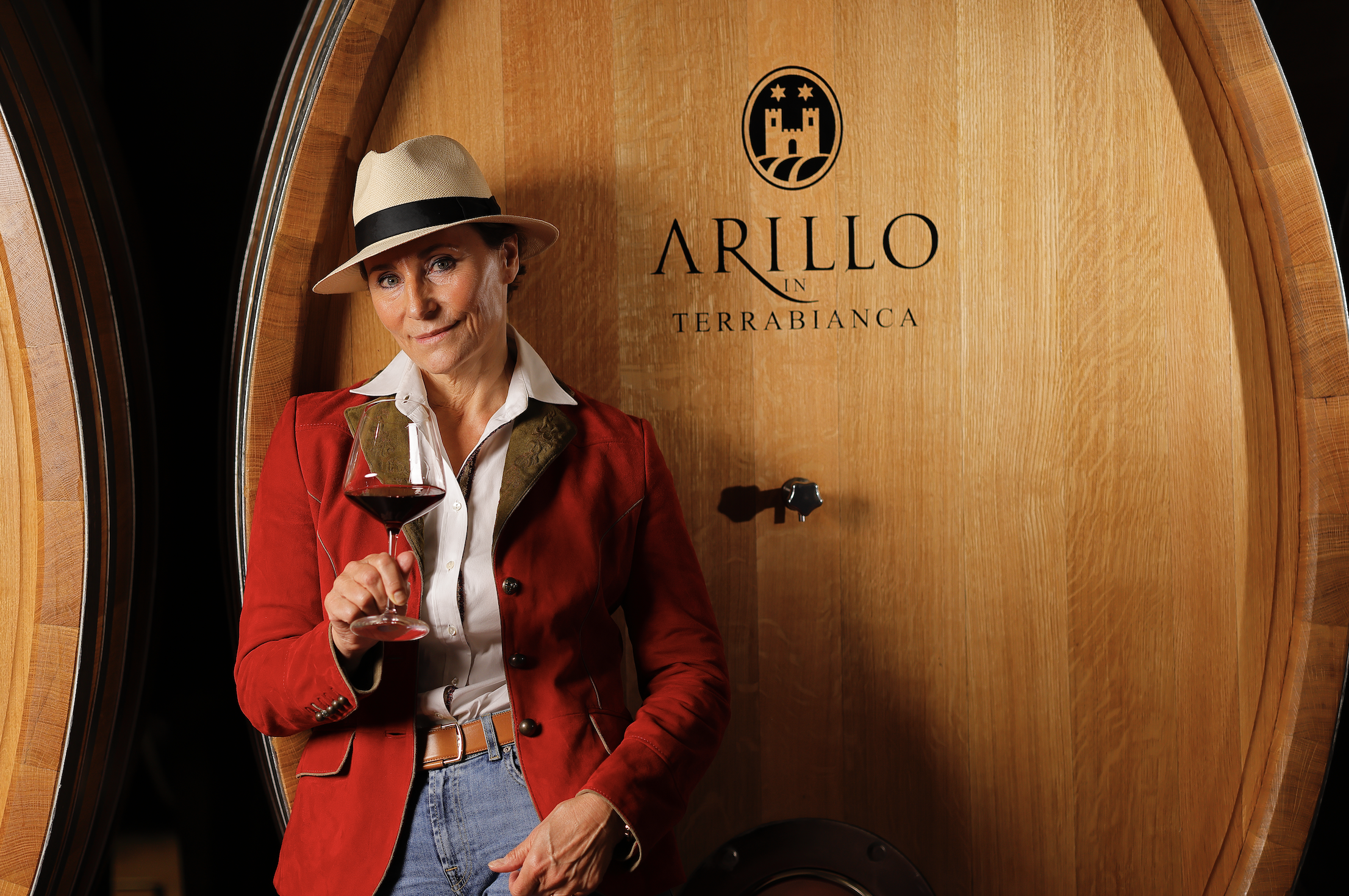 Why Arillo in Terrabianca's organic approach is paying off
Why Arillo in Terrabianca's organic approach is paying off